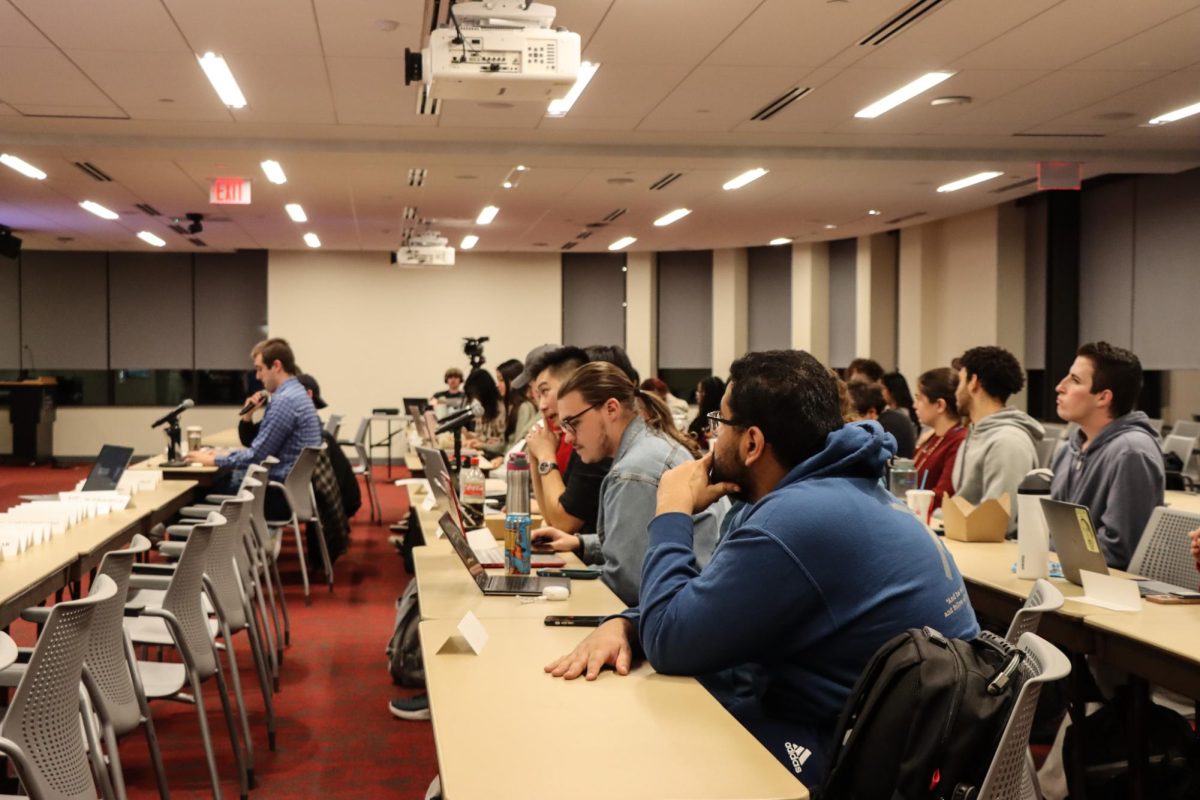Yesterday morning as I drove to school I heard a preview piece on National Public Radio about “Nat Turner: a Troublesome Property.” This documentary was highlighted last night on the PBS program “Independent Lens” and is a look at a controversial 1967 novel that supposed Turner as more than just a bloody slave-revolter.
Later during the day I received a newsletter from the journalism research organization Poynter in which Kevin Woods reminds journalists of the 50th anniversary of the Brown v. Topeka Board of Education decision this month.
“It’s an issue that doesn’t really need a 50th anniversary to render it relevant,” writes Woods.
But it is a topic that demands our attention.
“Nat Turner: a Troublesome Property” makes an attempt at re-examining the character of Turner, a slave who led a revolt in Southampton, Va. in 1831 that ended in the death of white slave owners and their families and the eventual execution and dismemberment of Turner.
As a documentary, “Turner” is another in a list of looks at Turner’s role in history. Certainly his part in shaping the image of slaves in the culture, but filmmaker Charles Burnett examines something that is fairly new to film, Nat Turner as a person. The documentary springs off of William Styron’s 1967 Pulitzer Prize winning novel “The Confessions of Nat Turner,” which sparked Turner debates when it was published and came to be one of the more controversial works on the subject.
But shouldn’t Turner’s character be viewed in new lights every so often? The heroes of our history have long been found to be marauding explorers, unholy spiritual leaders, corrupt rulers and tyrannical despots. Why should it be any different that Nat Turner be taken out of the blood-soaked light he has been bathed in and shone in a new one?
The Wood piece examines the lingering effect that Brown v. Board of Ed. has had, particularly whether we are desegregated, integrated or simply reverting back to segregation in schools
“Look at the language. Segregation. Integration. Desegregation. Diversity. Re-segregation. There are no synonyms there. Behind each word is an era of our times gone by, each distinct from the others, each capable of radically reframing the way we understand the story of public education,” Woods adds.
Since Brown v. Board of Ed. we have seen virtual segregation, as close as Boston, as far as the South and West. Whether it has been intentional school districting to keep white schools white, or the shuffling of school moneys so that improvements miss lower-class neighborhoods. It is no longer legal on paper, but de facto segregation has permeated a post-Brown United States.
Looking at the past 50 years to tell the story of school equality, looking at the past 170 and beyond to understand Nat Turner, is not only an exercise in understanding time and place, but also a hard look at the paths we took to get to these solutions. Furthermore, it is an opportunity to realize that we are not there yet.
Despite perhaps the best intentions, we are still living in a world where education isn’t equal, work environments are hostile, a class structure exists that only gets an occasional mainstream whisper, but it is only in looking back that we even recognize that there were problems, nevermind examining if there has been change since.
It would be immature to say that the world has not changed, and changed for the better, because of U.S. Supreme Court decisions. It would be equally blind to say that we have accomplished all the goals that were set out by that decision.
In Massachusetts we see a new inequality, or newly acknowledged inequality, that has invoked the separate as unequal mantra. This is a mark of the importance and weight that the Brown decision has on the road to equal treatment for all. Again, we have to consider the importance of our historic perspective. Are we reexamining the issue of gay marriage through a new lens?
Perhaps in pockets of states, but not nationally and not even across Massachusetts (or Vermont as our Northern neighbor who brought this forward first) there are efforts for making equality real. But still, for the discussion to even surface there must be cleaner glass to see through, or blinders removed.
We have to take a look back more often. As Woods says, we shouldn’t need to celebrate the anniversary of Brown v. Board of Ed., there should be daily reminders and they aren’t always there.
Scott EldridgeII is a Collegian columnist.






